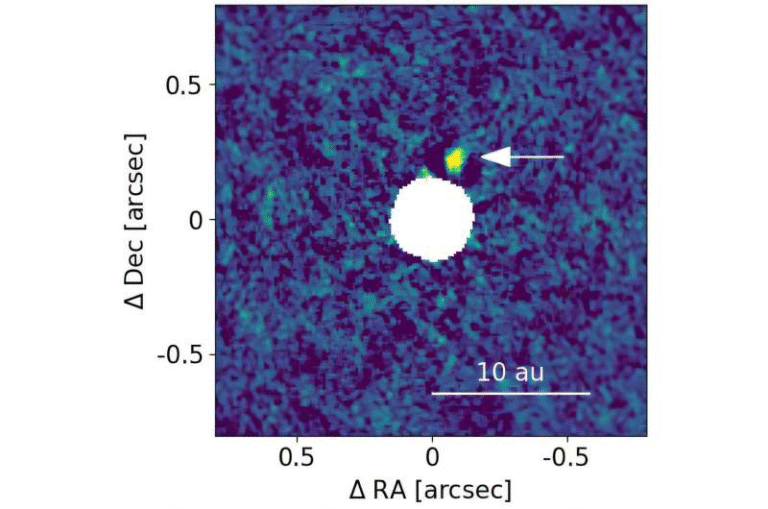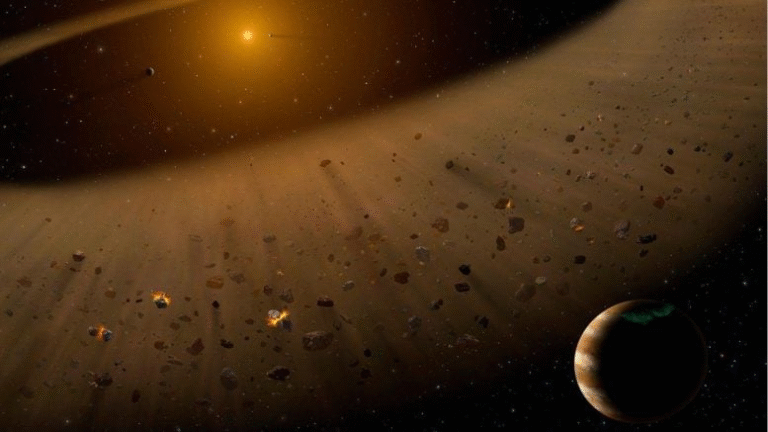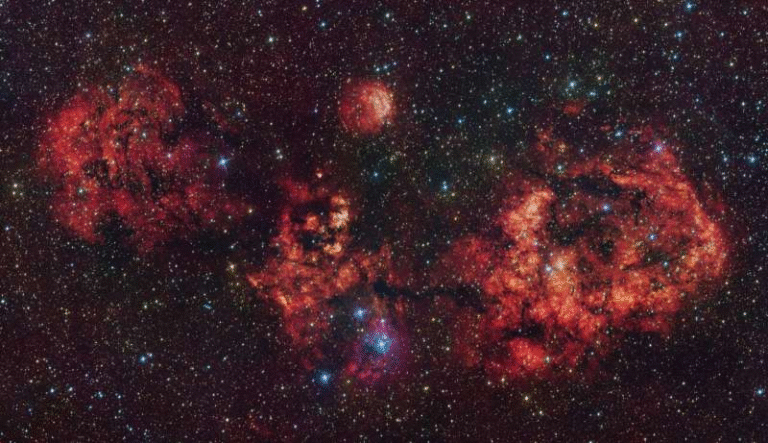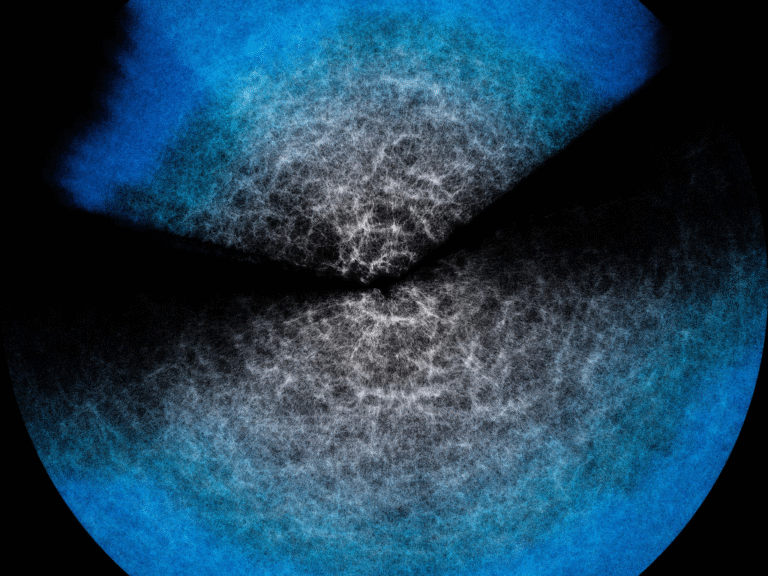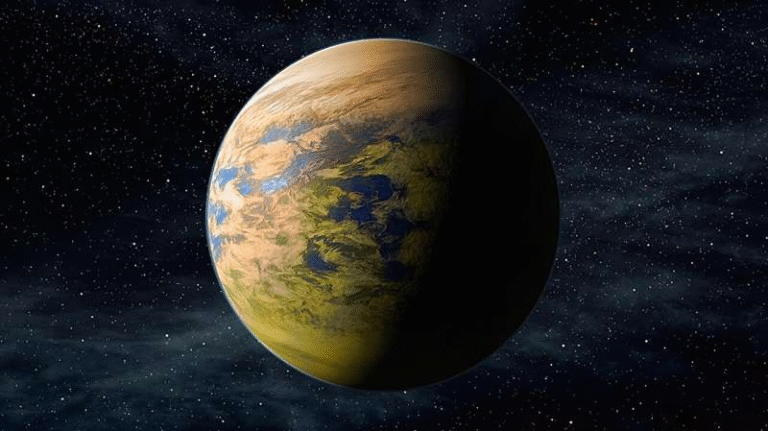NASA Announces 2025 Astronaut Candidate Class: 10 New Explorers Preparing for the Moon and Mars

NASA has just introduced its 2025 Astronaut Candidate Class, and it’s a remarkable milestone in the history of space exploration. Out of more than 8,000 applicants, the agency has selected 10 highly qualified individuals who bring with them an incredible mix of expertise in science, engineering, aviation, and medicine. These candidates are expected to support NASA’s future missions to low Earth orbit, the Moon, and eventually Mars.
This is NASA’s 24th astronaut class, officially reporting for duty in mid-September 2025 at the Johnson Space Center in Houston. Over the next two years, the group will undergo a tough and extensive training program designed to prepare them for the demands of human spaceflight. Once they graduate, they will become eligible for flight assignments as part of NASA’s active astronaut corps.
Interestingly, this class is historic for another reason: for the first time ever, women outnumber men in a NASA astronaut candidate group, with six women and four men. That fact alone marks a strong step forward in the agency’s commitment to diversity and inclusion in space exploration.
Training for the Next Era of Space Missions
Astronaut training is not just about physical strength or academic brilliance — it is about mastering a wide set of skills needed to survive, work, and contribute effectively in space. The 2025 astronaut candidates will spend nearly two years tackling training in:
- Robotics – learning to operate robotic systems, including those on the International Space Station (ISS) and future missions.
- Survival skills – both on land and in water, ensuring they can handle emergency landings or unexpected situations.
- Geology – to prepare astronauts for analyzing lunar and Martian terrain, which is critical for scientific exploration.
- Foreign languages – traditionally Russian, since collaboration with international partners like Roscosmos on the ISS requires communication skills.
- Space medicine and physiology – understanding how the human body reacts in space and how to handle medical issues.
- Spacewalk simulations – practicing extravehicular activities (EVAs) in facilities like NASA’s Neutral Buoyancy Lab, which simulates the microgravity environment.
- High-performance jet flights – including hours in the T-38 supersonic jet, which sharpens reflexes and decision-making under pressure.
This training ensures that, by the time they graduate, the astronauts will be ready to take on missions aboard the ISS, on commercial space stations, on the Artemis missions to the Moon, and even on the first human expeditions to Mars.
Meet the 2025 Astronaut Candidates
The 10 new astronaut candidates represent some of the most accomplished professionals in their fields. Here’s a closer look at each of them:
Ben Bailey, 38 – U.S. Army Chief Warrant Officer 3
- Hometown: Charlottesville, Virginia
- Education: Bachelor’s in mechanical engineering from the University of Virginia; pursuing a master’s in systems engineering at the Naval Postgraduate School.
- Experience: Graduate of the U.S. Naval Test Pilot School, with over 2,000 flight hours across more than 30 different rotary and fixed-wing aircraft. Specialized in UH-60 Black Hawk and CH-47F Chinook helicopters.
- Role before selection: Led developmental testing of emerging technologies on Army rotary aircraft.
Dr. Lauren Edgar, 40 – Geologist
- Hometown: Sammamish, Washington
- Education: Bachelor’s in Earth sciences (Dartmouth College); Master’s and Ph.D. in geology (Caltech).
- Experience: Deputy principal investigator for the Artemis III Geology Team, defining lunar science goals and activities. Over 17 years of work supporting Mars rover missions.
- Role before selection: Worked at the U.S. Geological Survey.
Maj. Adam Fuhrmann, 35 – U.S. Air Force
- Hometown: Leesburg, Virginia
- Education: Bachelor’s in aerospace engineering (MIT); Master’s in flight test engineering (U.S. Air Force Test Pilot School) and systems engineering (Purdue University).
- Experience: More than 2,100 flight hours across 27 aircraft, including the F-16 and F-35. Over 400 combat hours in deployments supporting Operations Freedom’s Sentinel and Resolute Support.
- Role before selection: Director of operations for an Air Force flight test unit.
Maj. Cameron Jones, 35 – U.S. Air Force
- Hometown: Savanna, Illinois
- Education: Bachelor’s and Master’s in aerospace engineering (University of Illinois).
- Experience: Test pilot with more than 1,600 flight hours in over 30 aircraft, including 150 combat hours. Graduate of the U.S. Air Force Test Pilot School and the U.S. Air Force Weapons School.
- Role before selection: Served as an Air Force Academic Fellow at DARPA.
Yuri Kubo, 40 – Aerospace Engineer and SpaceX Veteran
- Hometown: Columbus, Indiana
- Education: Bachelor’s in electrical engineering and a master’s in electrical and computer engineering (Purdue University).
- Experience: Spent 12 years at SpaceX, including as launch director for Falcon 9 missions, director of avionics for the Starshield program, and director of Ground Segment. Also worked earlier with NASA on Orion, the ISS, and the Shuttle program.
- Role before selection: Senior Vice President of Engineering at Electric Hydrogen.
Rebecca Lawler, 38 – Former U.S. Navy Lieutenant Commander
- Hometown: Little Elm, Texas
- Education: Bachelor’s in mechanical engineering (U.S. Naval Academy); Master’s degrees from Johns Hopkins University and the National Test Pilot School.
- Experience: Test pilot with over 2,800 flight hours in more than 45 aircraft. Former NOAA hurricane hunter and contributor to NASA’s Operation IceBridge.
- Role before selection: Test pilot for United Airlines.
Anna Menon, 39 – Engineer and Experienced Astronaut
- Hometown: Houston, Texas
- Education: Bachelor’s in mathematics and Spanish (Texas Christian University); Master’s in biomedical engineering (Duke University).
- Experience: Worked in NASA Mission Control, supporting ISS operations. Flew in 2024 aboard SpaceX’s Polaris Dawn mission as a mission specialist and medical officer, setting a new female altitude record and performing the first commercial spacewalk.
- Role before selection: Senior engineer at SpaceX.
Dr. Imelda Muller, 34 – Physician and Former Navy Officer
- Hometown: Copake Falls, New York
- Education: Bachelor’s in behavioral neuroscience (Northeastern University); M.D. (University of Vermont).
- Experience: Undersea medical officer in the Navy, providing support during diving operations. Worked at NASA’s Neutral Buoyancy Laboratory. Recently completing a residency in anesthesia at Johns Hopkins.
Lt. Cmdr. Erin Overcash, 34 – U.S. Navy Pilot
- Hometown: Goshen, Kentucky
- Education: Bachelor’s in aerospace engineering and Master’s in bioastronautics (University of Colorado, Boulder).
- Experience: F/A-18E and F/A-18F Super Hornet pilot, with over 1,300 flight hours in 20 aircraft and 249 carrier arrested landings. Also trained with the USA Rugby Women’s National Team as part of the Navy’s World Class Athlete Program.
- Role before selection: Preparing for a squadron department head tour.
Katherine Spies, 43 – Former U.S. Marine Corps Pilot
- Hometown: San Diego, California
- Education: Bachelor’s in chemical engineering (University of Southern California); Master’s in design engineering (Harvard University).
- Experience: Former AH-1 attack helicopter pilot and test pilot with over 2,000 flight hours in 30+ aircraft. Served as project officer for UH-1Y/AH-1Z and AH-1W platforms.
- Role before selection: Director of flight test engineering at Gulfstream Aerospace.
Why This Class Is Special
Several details make this class stand out:
- Diversity: For the first time, women outnumber men.
- Experience: Anna Menon already has spaceflight experience, which is unusual for a new astronaut candidate.
- Wide Range of Skills: From test pilots to geologists to medical doctors, the class reflects NASA’s multidisciplinary approach to exploration.
- Future Goals: These astronauts will directly contribute to the Artemis missions to the Moon and NASA’s long-term goal of sending humans to Mars.
NASA’s Broader Exploration Context
The selection of new astronaut candidates is not just about filling positions. It reflects the agency’s bigger vision:
- Artemis Program: Aiming to return astronauts to the Moon and establish a sustainable presence there. The Artemis III mission will include geology-focused surface work that candidates like Lauren Edgar are already shaping.
- Mars Missions: NASA is steadily preparing for human missions to Mars, requiring astronauts with varied backgrounds. Geologists, engineers, medical doctors, and pilots all play critical roles.
- Commercial Space Partnerships: Several of these candidates have SpaceX ties, showing how closely NASA now works with private companies. This includes Menon’s direct flight experience with a commercial mission.
- International Collaboration: NASA astronauts regularly work with agencies like ESA, JAXA, and Roscosmos. Training in languages and cultural exchange remains essential.
Looking Ahead
NASA has now selected about 370 astronauts since 1959, starting with the original Mercury Seven. With each new class, the focus expands from low Earth orbit to the Moon, Mars, and beyond. The 2025 astronaut candidates represent a new era of diverse, highly skilled explorers ready to carry out the missions of the coming decades.
Their next two years will be challenging, filled with technical training, physical demands, and intellectual tests. But once they graduate, they’ll be stepping into one of humanity’s most exciting frontiers — the push beyond Earth toward a multi-planet future.
Research Reference: NASA – Astronaut Candidates 2025
